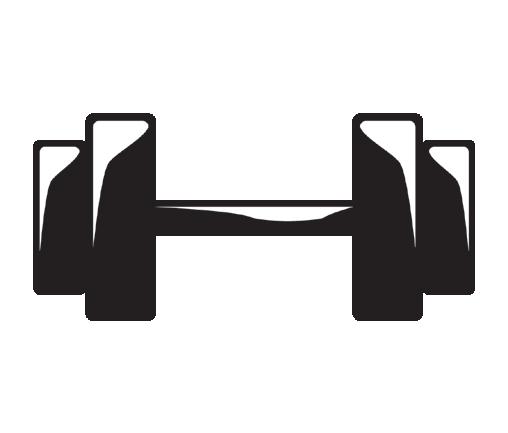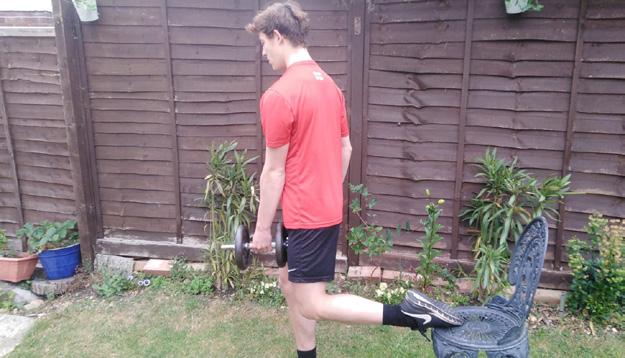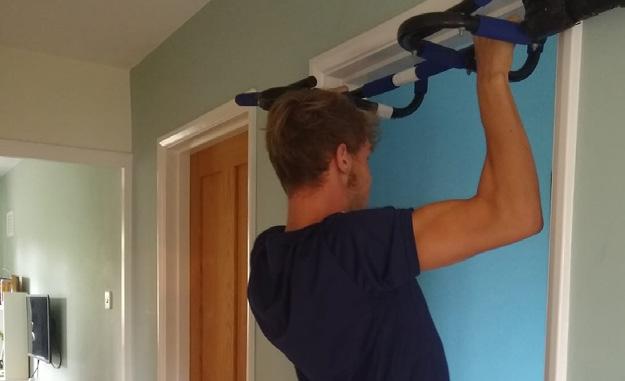
2 minute read
Return to paddling fitness

Returning to paddling fitness
Advertisement
Like many, we’re sure you’ve been making the most of being back on the water, soaking up the sunshine and breathing in the fresh air. But making sure your body is well conditioned for life on the water is important. Follow our simple, paddle specific exercises to build strength and condition for paddling, so you can go further for longer and reduce your risk of injury.
With all these exercises try doing as many reps as you can reasonably manage to get your base number, before adding one or two more reps to your number each week. Over time you will build both endurance and strength.
Single Leg Squat (press focus)
Legs are incredibly underrated within the paddling world. In nearly all canoeing and kayaking vessels, they are one of only a few body parts that act as a connector between the limited points of contact with the boat.
The single leg squat is a perfect one-sided isolated movement very similar to the pressure you need to apply to your footrest, or to find balance in the canoe. It can be executed in multiple ways depending on levels and strength. Whether you use your body weight, dumbbells, a chair or remain unsupported, do these slowly and controlled.
Variations:


• Non weighted with nonsupport of the back leg • Weighted with nonsupport of the back leg • Non weighted with support of the back leg • Weighted with support of the back leg • Fluidly executing movement • Power speed drive ups.
Variations:
• Supported chins (with a resistance band) • Varied grip chins (allowing you to target all the needed physical components) • Chin holds (focusing on the “lat” engagement and endurance) • Rings (forcing you to increase core engagement at the same time to eliminate movement)
Chin Up (Pull focus)


Chins use the Latissimus Dorsi (lats), which in turn helps to grip the water at the far-reaching front of the stroke. Strengthening these will help from the catch of the blade in the water to the speed of the exit of the blade from the water at the end of the stroke cycle.
Slower controlled movements will mean you are working the full strength of the muscle.
Side Crunches (Oblique Focus)
We have probably hit our yearly quota of sit ups and crunches during lockdown! But side crunches have the greatest impact for canoeing and kayaking. The obliques are often the forgotten core muscle and a connection through these provides strength to hold the body posture in an extended range for a lot longer, as well as linking in the positive driving movements in the boat. A common technical mistake, especially in sprint kayaking, is allowing your hips to roll up, however improved connection through the obliques, will easily prevent this.







